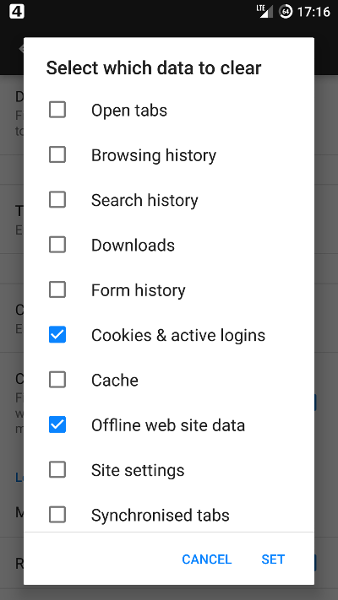If you go by 3GPP and common sense it can be expected that most operators having an LTE network today will launch 5G as what is referred to as 5G EN-DC (eUTRAN New Radio – Dual Connectivity), a.k.a. 5G NR ‘option 3’ in 3GPP circles. In other words, mobile devices will still camp on the existing 4G LTE eNB base stations and 5G gNB resources will be added when required. This makes sense in many cases as 5G will often be deployed on higher frequency bands and also not everywhere at first. Hence, the idea is to use the LTE network as a coverage layer and add 5G to the connection when available. Also, this has the advantage that no 5G core network (5GC) is required at first. But where do we go from here as 5G coverage gets more widespread and operators start using a 5G core network in addition to the existing 4G EPC?
Continue reading What Comes After 5G EN-DC?
